We’re back from Skiathos - eventually. More of that little saga later.
Two weeks of unbridled sunshine left us browned off in the normal way with a healthy outdoor tan from our favourite holiday destination.
As ever and due to unrelenting sunshine, clear skies and temperatures in the high twenties the birding was pretty poor.
Nonetheless most would be happy with seeing raptors like Eleanora’s Falcon, Hobbies and Buzzards. Daily sightings of Spotted Flycatchers, wagtails, Whinchats, Sardinian Warblers and the ubiquitous Red-backed Shrike added to the feeling that a day spent in the beautiful countryside of Skiathos was equal to if not far better than a day of burning on Koukounaries beach.
I returned with very few new bird photos but lots of scenes of Skiathos, the most photogenic of destinations. I am now catching up with two weeks post, business, news, and household jobs like gardening. And there are two new bird books to unpack and then review here on the blog.
In the meantime here is a selection of photos from Skiathos September 2022. Sorry there aren’t too many birdy pics but I’m sure that regular readers will know how I like to take holiday snaps too.
Enjoy the pics and don't forget to click for a better view.
Woodchat Shrike
Sardinian Warbler
Goats at Aselinos
Agia Paraskevi
Pomegranate
Morning Flight
A Spot of Rain
Milos Taverna
Bus Stop
Dry Dock Time
Loading Up
Spotted Flycatcher
Grey Heron
Little Egret
Shop Window
Net Repairs
Windswept Tree
Unloading
The Bourtzi
Yammas
Red-backed Shrike
Feta
Skiathos Carob Tree
Waiting for The Ferry
Boat Repairs
Skiathos
The Bells
Hee Haw
Mini Sub
The Bourtzi
Plane Watchers
Skiathos Rainbow
Day Trip?
Waterline
Sunny Skiathos
And now for a rant about TUI, our flight provider.
We arrived in plenty of time for our 1345 flight back to Manchester on Wednesday. We learnt that the flight was over two hours late in setting off from Manchester after early morning fog. Fair enough but this “ferry flight”, empty and solely to take a plane load of people back to Manchester then took one and a half hours to turn around.
Tui
Worse was to come when the pilot announced to already grumpy passengers that our journey to Manchester needed for a “splash of fuel” that would entail a refuelling stop at Dusseldorf, a German hub of TUI where fuel is probably cheaper than topping up in Greece. A sceptic might say, “follow the money rather than TUI's customer service”.
The “splash of fuel” added two hours to the flight time and we eventually arrived at our front door over six hours later than anticipated. The joys of travel. This unexpected addition to our holiday rather took the gloss off our wonderful time in Greece.
Back soon with local birds, ringing, birding and a couple of new book reviews.
Linking at weekend to Eileen's Blogspot and Anni in Texas.
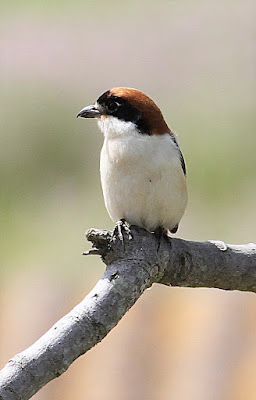

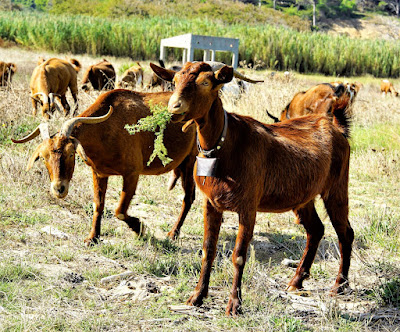








.JPG)


.JPG)







.JPG)

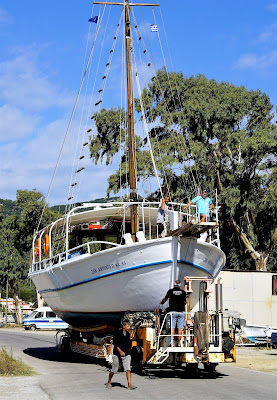


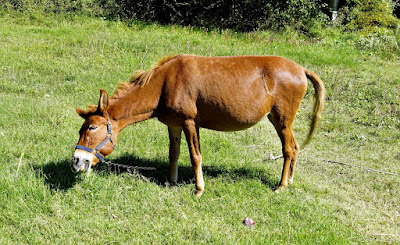





















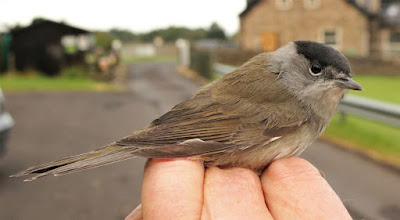















.jpg)












